The Legendary Hoopoe: A Pretty Bird with Poor Personal Hygiene
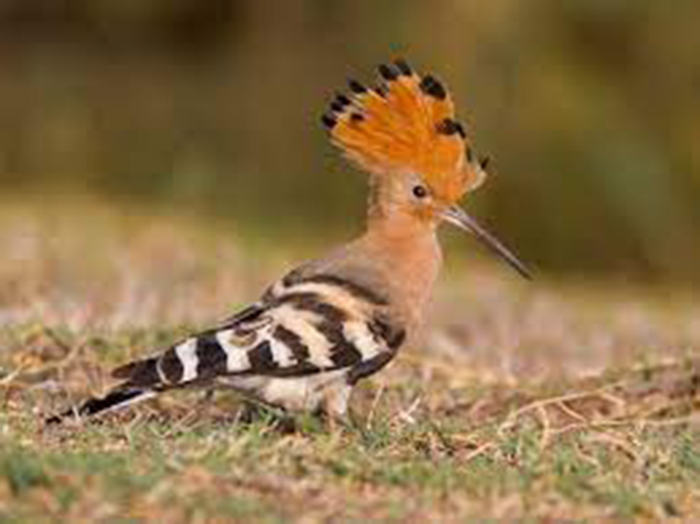
Eurasian Hoopoe
(Photo Credit eBird)
I have just returned from a trip to Israel, a country that adopted the Hoopoe as its national bird in May 2008. I was fortunate enough to see one hunting for food on the lawns of HaPisga Gardens in Jaffe. My other notable birding event was in Jerusalem at the Nili and David Bird Observatory. Here birds were passing through Israel on their way to Europe, including Blackcaps, Redstarts, and an Olivaceous Warbler. Also caught in the mist net was a Lesser Whitethroat that had previously been ringed in Finland. More local birds observed included a Syrian Woodpecker, White-throated Kingfisher, and Hooded Crows.
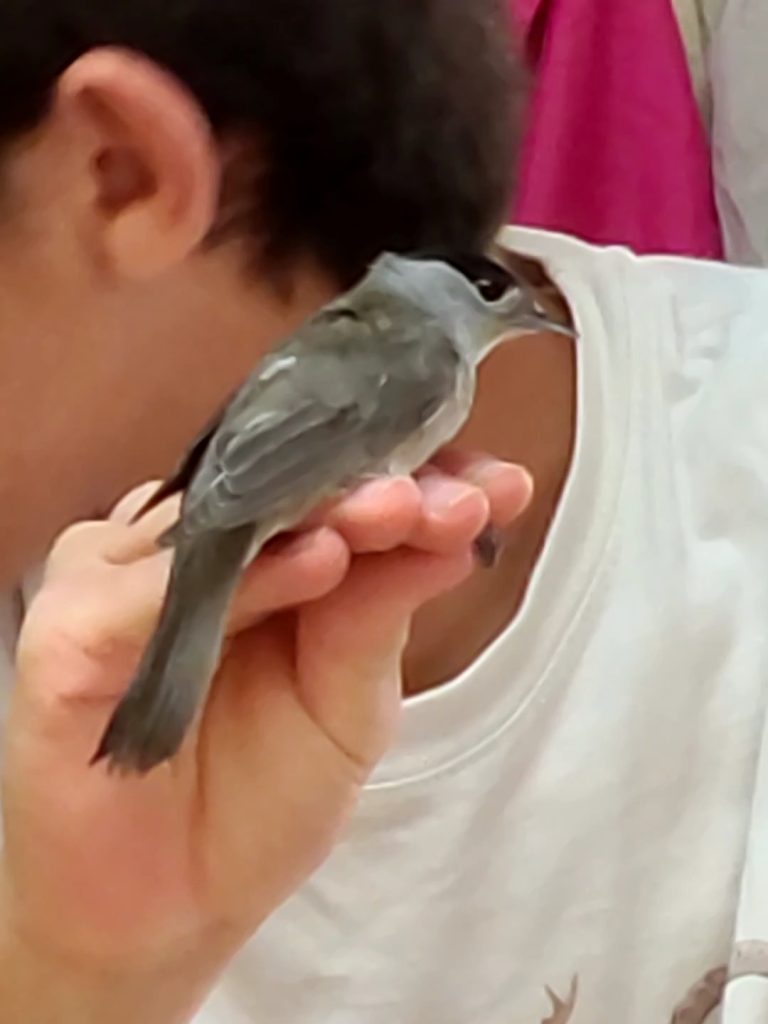 Blackcap
Blackcap
(Photo Credit The Author)
The Hoopoe was selected to celebrate Israel’s 60th anniversary, and 155,000 people voted using a list of ten species. Its Hebrew name is “Duchifat”, and in Arabic this converts to the “Hudhud”. The Hoopoe is mentioned in the Torah as “abhorrent and not to be eaten” because of its skunk-like stench, but Jewish legend praises it for introducing King Solomon to the Queen of Sheba. The Queen is believed to have ruled the “Land of Sabah” south of Israel, where she and her subjects worshipped the sun. Gifts were offered, visits took place, the Queen embraced the beliefs of Islam, and the King eventually gave her “all that she desired, whatever she asked”.
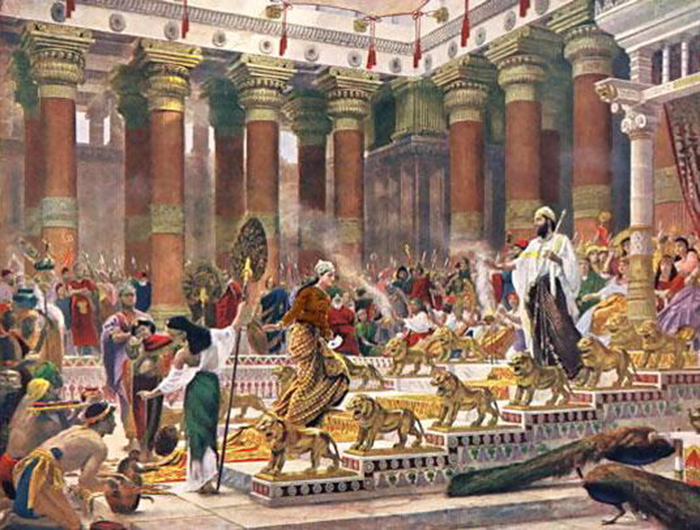 Prophet Sulaiman, King of the Jews
Prophet Sulaiman, King of the Jews
(Photo Credit Encyclopedia Britannica)
Hoopoes are instantly recognized by their cinnamon-colored plumage, their attractive tall, erect crest of black-tipped feathers, and their black and white striped wings. In profile, they look similar to woodpeckers but their black bill is longer and thinner. They are medium-sized birds, about the size of a mourning dove, and their trisyllabic song of “oop-oop-oop” likely gave them their English name. An alternative explanation is that their name is derived from the French word “huppee” that means crested bird. They display an erratic butterfly-like undulating flight, half closing their broad, rounded wings, at the end of each beat.
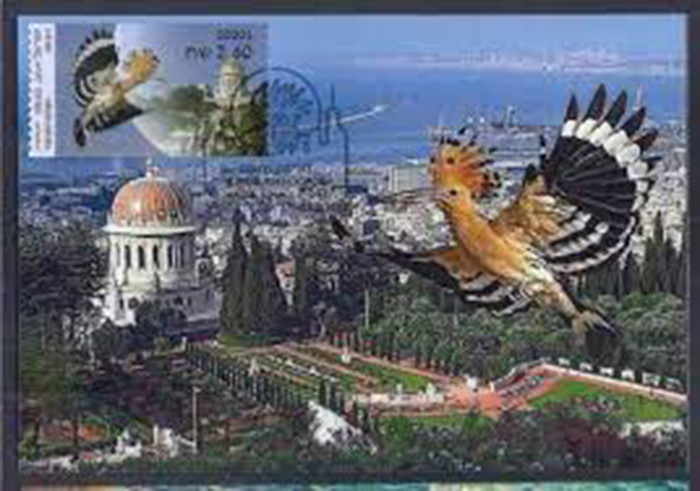 2022 Israeli Stamp
2022 Israeli Stamp
(Photo Credit eBay)
This Eurasian species is present across most of Europe, Asia, and the northern half of Africa. There are two other species. The Madagascar Hoopoe is restricted to the island of Madagascar, and the African Hoopoe is found in southern Africa; neither of these species migrates unlike the Eurasian variety. The global population of the Eurasian Hoopoe is estimated at between five and ten million birds.
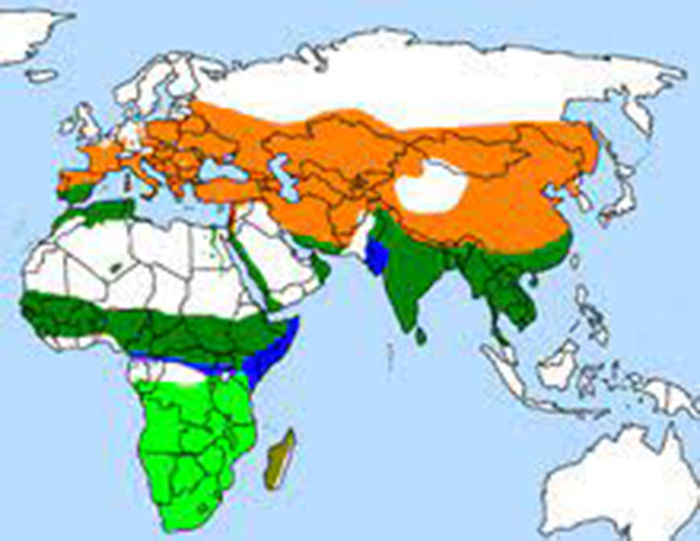 Hoopoe Range Map
Hoopoe Range Map
Orange: European Hoopoe – breeding; Dark Green: Eurasian Hoopoe – resident; Blue: Eurasian Hoopoe – wintering; Moss Green: Madagascar Hoopoe; Light Green: Africa Hoopoe.
(Photo Credit Wikpedia)
The Eurasian Hoopoe does not breed in the UK and I did not spot one during my childhood days of birdwatching in England. However, up to 100 birds appear during spring as they migrate from Africa to Europe, usually along the south coast of England. The species has two basic habitat requirements. It needs access to lightly vegetated open ground for feeding, and vertical structures, such as trees, walls, cliffs, and burrows, to provide cavities for its nests.
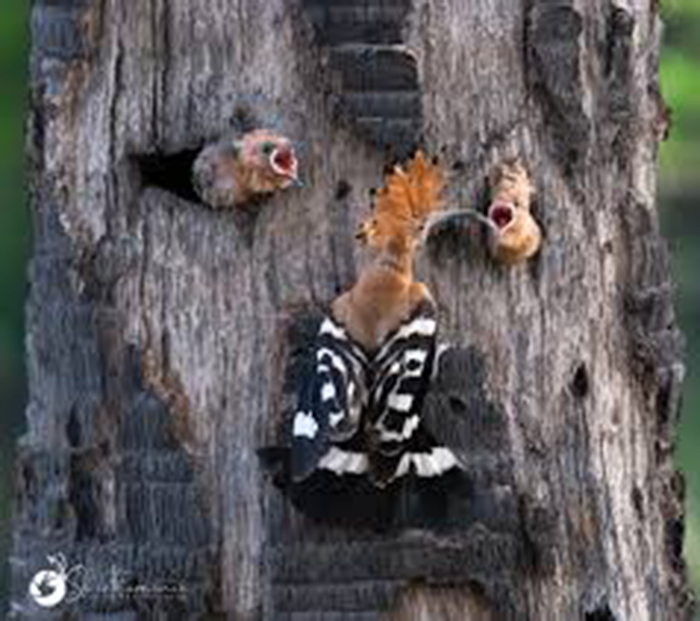 Hoopoe Nesting
Hoopoe Nesting
(Photo Credit Dr. Shanthathamenan)
The Hoopoe’s reputation for abhorrence originates from the foul-smelling, thick brown liquid that is produced in the preening glands of brooding females. This is ejected from their posterior onto their feathers, and onto their eggs, to protect against predators and parasites. The secretion, which includes the unpleasant odor of dimethyl-sulphide, smells like rotting meat. Additionally, the Hoopoe allows litter and feces to build up in its nest that adds to the odor. Even the chicks can squirt liquid feces in the direction of their suspected predators.
During the breeding season, Hoopoes are territorial and will chase off intruders, sometimes stabbing them with their bill, and occasionally blinding the opponent. Clutch size averages around seven eggs, and incubation begins as soon as the first egg is laid. The male feeds the female during the incubation period.
 Hoopoe Chicks
Hoopoe Chicks
(Photo Credit Francoise Vareille)
Until my visit to Israel, my sightings had only taken place during trips to Majorca, Spain, like the one I describe in chapter 10 of my novel She Wore a Yellow Dress. The Eurasian Hoopoe is absent from North America except for occasional vagrants that are seen in Alaska and the Canadian Yukon Territory.
Finally, let me to finish with some more legends and myths attributed to the Eurasian Hoopoe:
- Ancient Egypt: the Hoopoe was treated as sacred and a symbol of gratitude. Pictures of the bird adorn the walls of tombs and temples, and were used in iconography during the Age of the Pyramids (2700 to 2200 BC) to designate a child as heir and successor to his father.
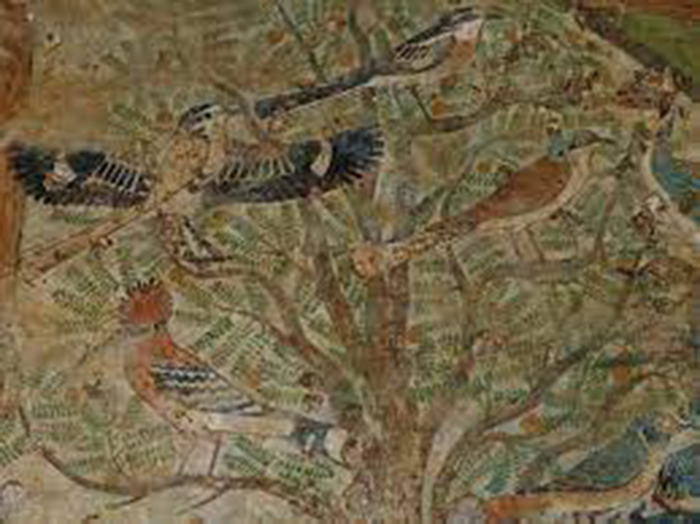 Tomb of Great Chief Khnumhotep
Tomb of Great Chief Khnumhotep
(Photo Credit Australian Center for Egyptology)
- Ancient Persia: the Hoopoe was the symbol of virtue and the perfect messenger. Literature relates the meeting of King Solomon and the Queen of Sheba. There is also Iranian folklore that describes an uncovered bride combing her hair; her father-in-law sees her; she is ashamed, and flies away, with the comb in her hair, to become the Hoopoe. In Attar’s Logic of Birds, the bird is wise and the leader of all birds.
- Ancient Greece: the Hoopoe was the bird of good omens, and king of all the birds in the Greek comedy, The Birds.
- Turkey: the Hoopoe was treated as sacred and a symbol of loyalty and compassion.
- Arab Countries: the Hoopoe is often regarded as a provider of medical remedies. It was believed that its heart cured diseases, and that its bones should be used for magical purposes. It also has the reputation of being able to locate water underground.
- Elsewhere in Europe: the Hoopoe has a mixed reputation. In France, hearing its song before the vines blossom, is a sign of a plentiful harvest and good wine. To the Vikings, the presence of the Hoopoe was a harbinger of war; in Estonia, its song was supposed to foreshadow death, and in other places it was considered a thief.
Whether or not you accept these beliefs, the Eurasian Hoopoe is a species that has had a lasting impact on human civilizations. Thanks to its adaptation and defensive skills, there is little worry about its future survival. It continues to be listed as of “Least concern” from a conservation point of view.
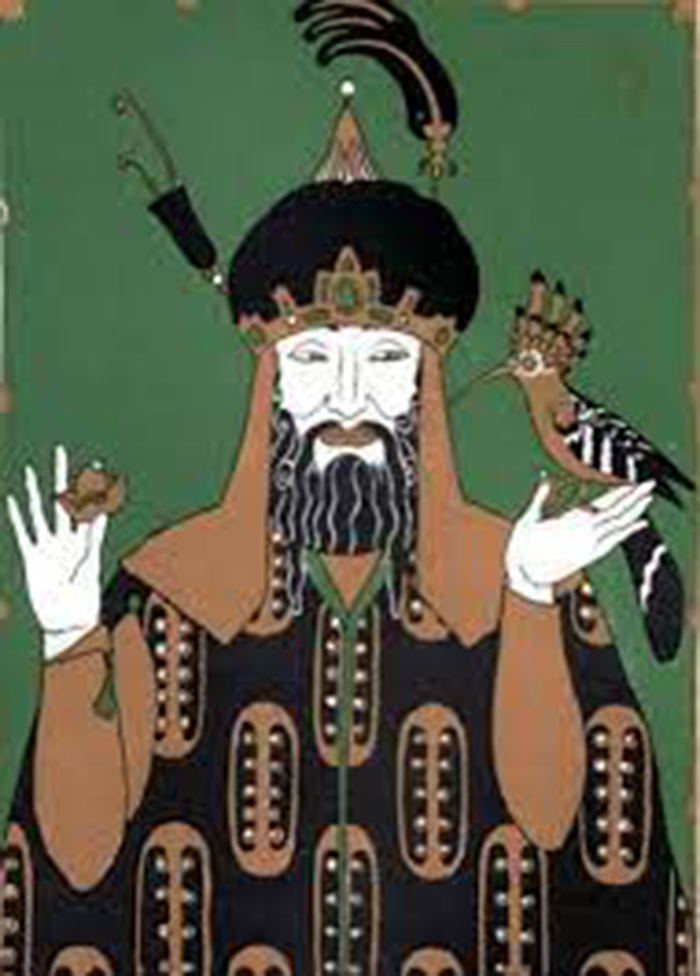 The Wise Hoopoe, King Solomon’s Personal Messenger
The Wise Hoopoe, King Solomon’s Personal Messenger
(Photo Credit Santa Monica Bay Audubon Society)



